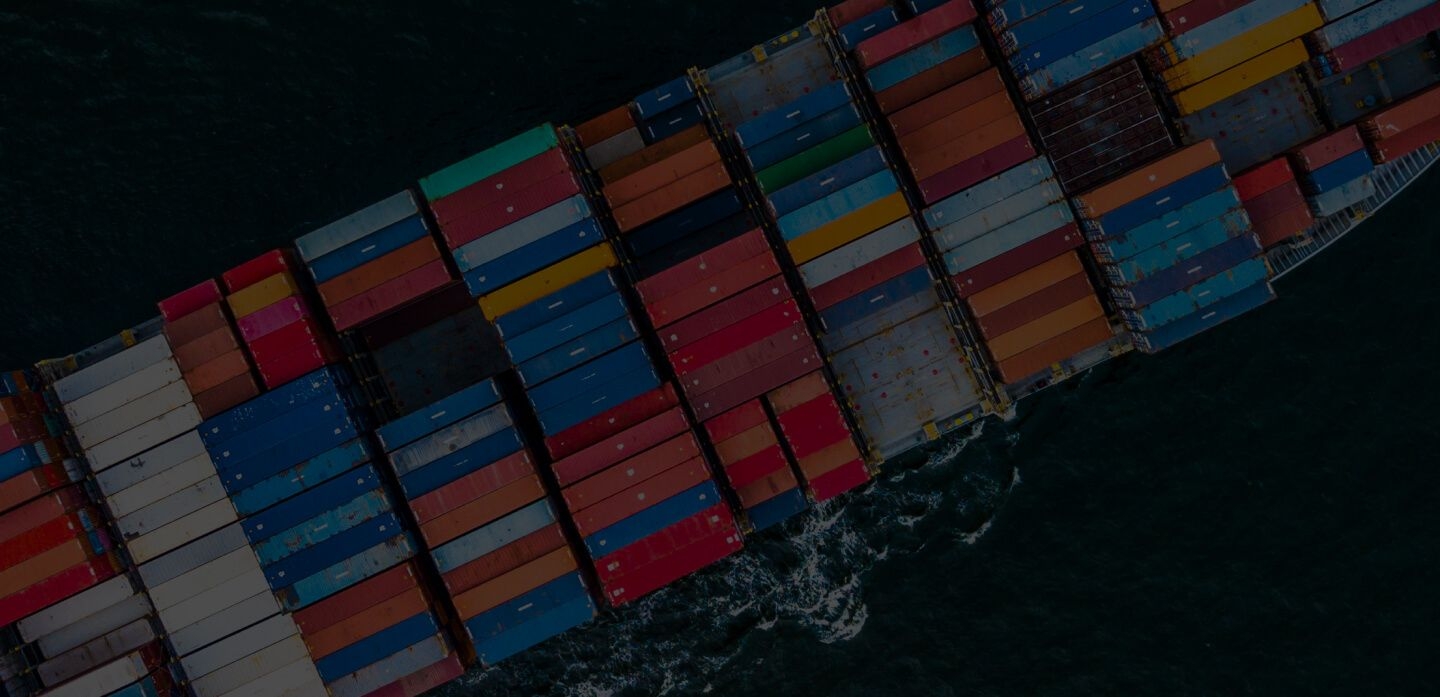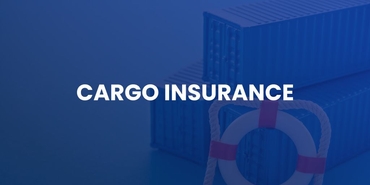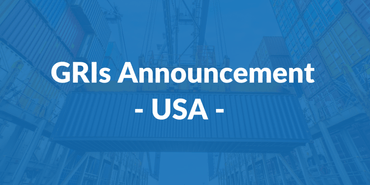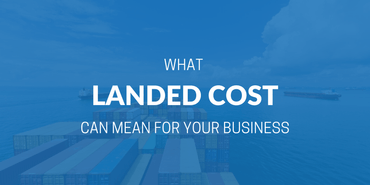
What is a GRI (General Rate Increase) in Freight Price?



![]()
In ocean freight, GRI stands for General Rate Increase, is the adjustment (normally an increase) of container shipping rates across shipping routes by shipping lines.
As a shipper, it’s impossible to avoid a GRI. But there are measures you can take to minimize its impact. By staying well-informed and planning your shipments with a GRI in mind, you can prevent your business from taking too big of a price shock.
Definition of a GRI
A GRI is the average amount by which shipping carriers increase their tariff rates applied to base rates. It can greatly increase your shipping costs, especially if you’re handling large freight volumes. This usually occurs during the peak shipping season.
When does a GRI apply?
GRIs are usually dictated by demand and supply - the building blocks of markets and global trade, and relate largely to trends and market stability, especially the relationship between low demand and shipping overcapacity. It usually happens once a year, assuming stable markets. But there have been years where GRIs were applied multiple times or sometimes, none at all.
Here’s an example of a GRI announcement by Maersk Line.
![]()
Why do we need GRIs?
The international ocean freight industry is extremely competitive, in which shipping carriers compete with each other for the best prices and routes. When one carrier decides to lower its prices to offer a more attractive option, other carriers often follow suit. This trend continues until it hits the ground and the shipping lines decide to recover and raise prices. That’s when a GRI kicks in.
Does the GRI affect all countries?
Theoretically, GRIs can affect any geographical region, on both imports and exports. However, the trend in recent years has seen shipping lines apply more GRIs to imports originating from the Far East.
Who announces GRIs and when do they announce them?
Shipping lines decide when to announce the GRI and the amount by which to increase. Under the Federal Maritime Commission regulations, carriers must file any possible rate increase with them 30 days in advance.
However, carriers do not have to take the full increase announced. That is, they can choose to implement a lower GRI than what they had filed to the FMC. For example, Maersk may announce a $500 increase for 20-foot containers on Nov 1st that will come into effect on Dec 1st. But as December approaches, they may realize that this increase may be too steep and lose too much business as a result. They may then decide to lower the GRI to, say, $300 instead.
“A new or initial rate or change in an existing rate that results in an increased cost to a shipper may not become effective earlier than 30 days after publication. However, for good cause, the Federal Maritime Commission may allow the rate to become effective sooner.” - Federal Maritime Commission
How does a GRI affect pending shipments?
Whether or not your cargo is affected by the GRI depends on where you are in the shipping process when the GRI kicks in. It’s important to take note: the rate you’re subject to paying is locked down the day you turn in your cargo into the carrier’s possession. That is, to avoid a Dec 1st GRI, you have to hand over your cargo on Nov 30th at the very latest - even if the cargo does not set sail until Dec 1st or later.
How do I minimize the impact of a GRI?
A GRI can cause shipping rates to as much as double. This has the potential to completely disrupt your shipping budget and send your profitability crashing.
Given that shipping lines are the ones who make the final call, the only way to avoid a GRI is to not use the services of these shipping lines. However, as an importer/exporter, this is sometimes not a viable option. The best you can do is to anticipate these GRIs and plan your shipments accordingly to avoid having to pay more than you should. Here are some tips you can follow:
- Set your cargo collection date before the GRI comes into effect.
- If you have flexible shipping dates, play around with these dates to avoid coinciding with a GRI.
- Coordinate with your suppliers to avoid delay-related charges.
- Compare rates of different shipping carriers.
Related Articles


